“Is general aviation dying?” This question and the more pessimistic “WHY is general aviation dying?” come up time and again in conversation. There seems to be a general sense that there is a decline around the corner or already happening. But is there really? As a stakeholder in the GA community, Lightspeed Aviation wanted to know. So, we recently dug into the industry data. And happy news! The numbers show that today there are more pilots flying, more new aircraft entering the active fleet, and the GA fleet is being flown more than in recent years.
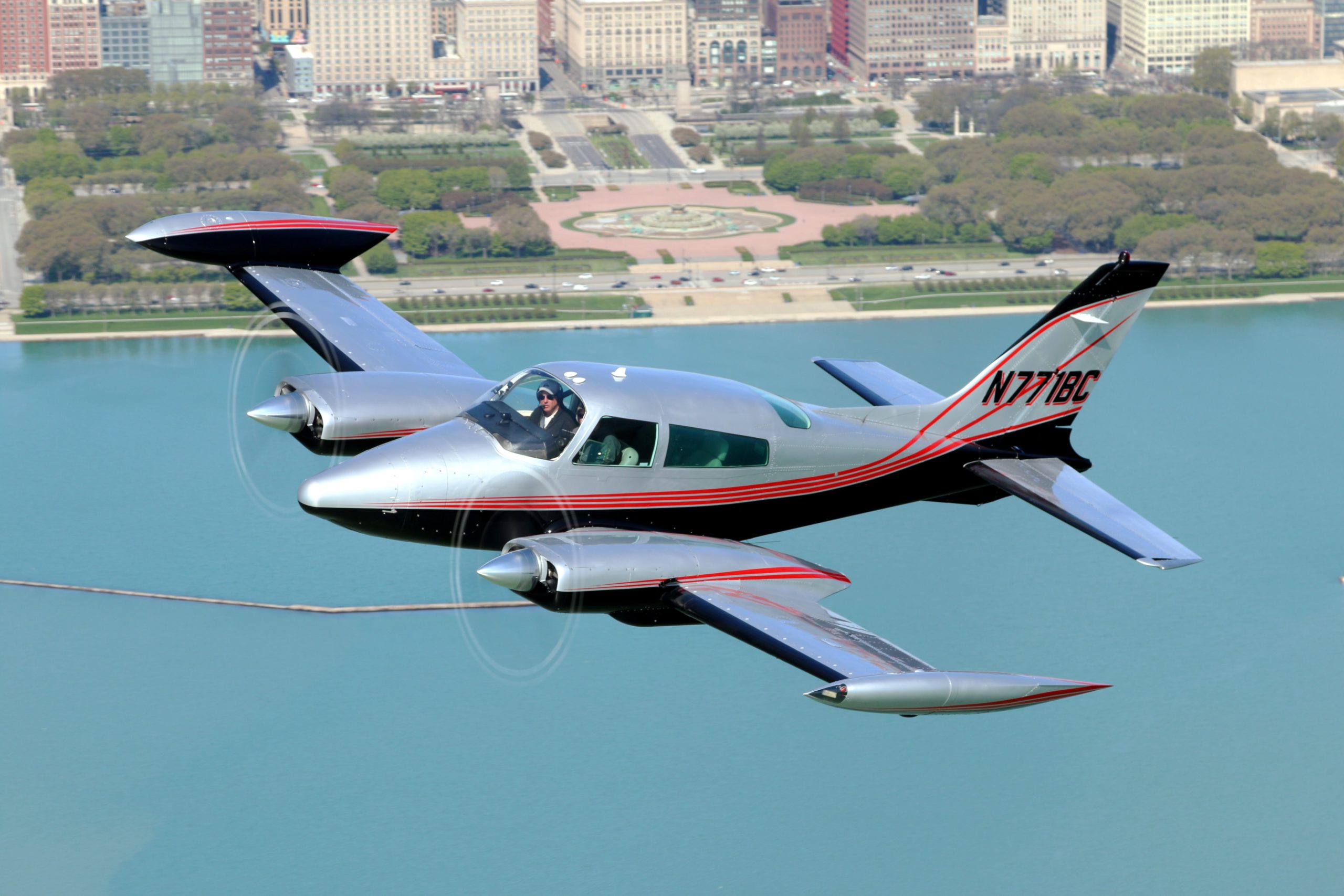
The most recent General Aviation Manufacturers Association (GAMA) Annual Report for 2024 shows notable growth in aircraft shipment and deliveries in nearly all segments, an overall increase of 13.7% compared to 2023. GAMA’s first quarter 2025 report has that trend continuing, with the value of airplane deliveries increasing 25.7% and helicopter billings increasing 12.7% over Q1 2024.
These numbers track with the FAA Aerospace Forecast for fiscal years 2024-2044, the most recently published report at this time of publication, which projects the active GA fleet to remain stable with annual growth of 0.4% through 2044. Another positive sign: total flight hours were at their highest level since the historical peak of 2007. The FAA expects an average annual growth of 0.7% in GA hours flown, adding up to 17.4% total growth through 2044. FAA data also shows increases in private pilot, sport pilot, and rotorcraft pilot certificates.
Bottom line: GA is NOT in decline. Yes, there was a downturn in 2020 because of the COVID-19 epidemic. But the data shows that by the end of 2021 most sectors matched or exceeded pre-COVID activity levels and GA flight hours topped pre-COVID numbers.
So, why the perception of GA decline? Increases in flight training costs may be one reason. A 2025 survey, conducted by Redbird Flight, showed that median costs for a private pilot certificate stabilized in 2023-2024, after increasing an average 16% year-over-year from 2020 through 2023. And FAA forecasting does indicate that while the active GA fleet is expected to grow, more affordable, less sophisticated piston aircraft are expected to be a shrinking percentage of that fleet. This all adds up to a general perception that the barriers to entry for a new GA pilot have increased in recent years.
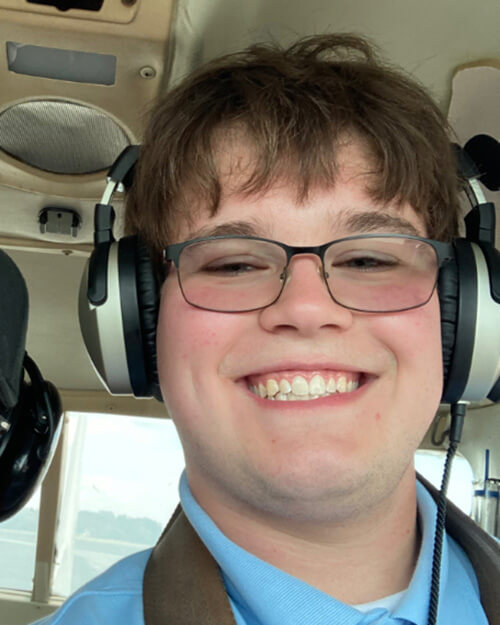
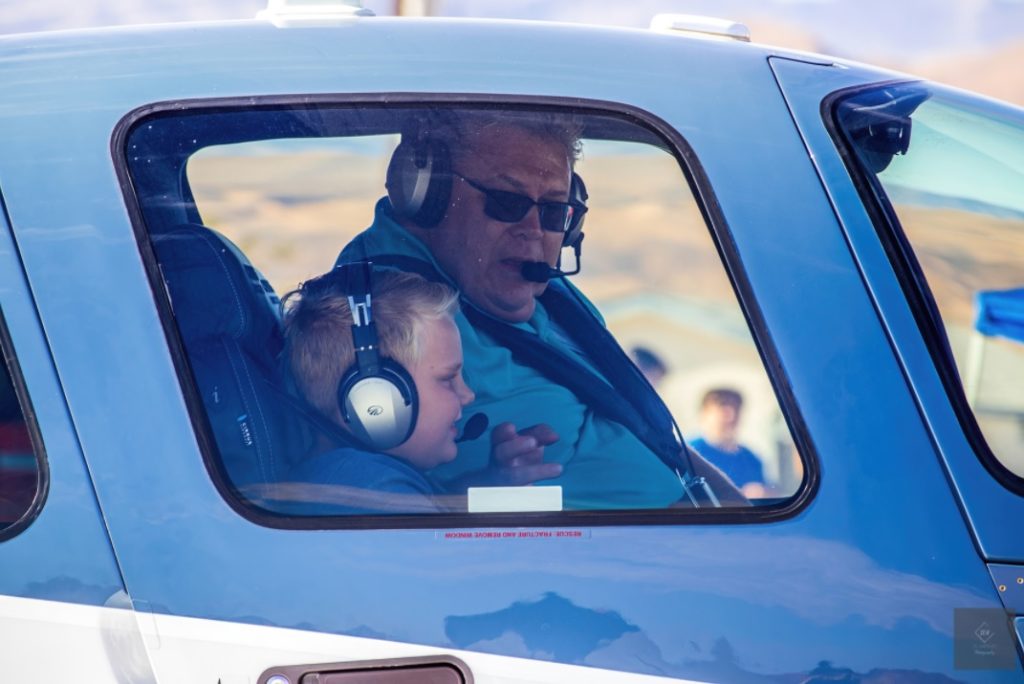
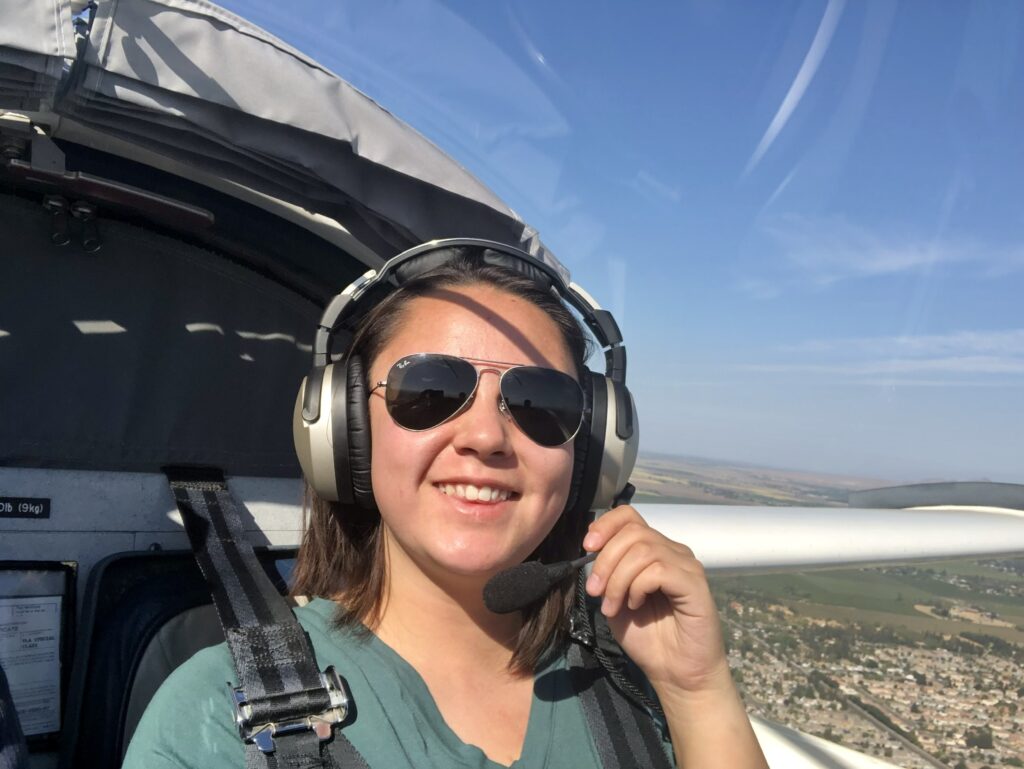
Fortunately, there are resources to make things easier for new and aspiring GA pilots. Programs like the Experimental Aircraft Association (EAA) Ray Aviation Scholarship, supported by Lightspeed Aviation, and AOPA Foundation Aviation scholarships provide flight training scholarships to eligible individuals who want to become pilots or pursue additional certifications. Universities and flight schools offer scholarships and other assistance for people pursuing opportunities in GA. Flight clubs and other community organizations offer lower-cost or free options for members or the public to spend time in and around aircraft, and they provide ways for new or existing pilots to get more flight time.
General aviation isn’t dead, and it’s not currently in decline, so we can turn our conversations to happier topics. Yes, the costs of entry can be a challenge, and the makeup of the GA fleet is shifting. But with continued industry and community support, more people will achieve their goals of flying. Stay tuned for future articles where we’ll get insight from industry experts and look at how individual pilots like you can help keep GA alive and healthy!

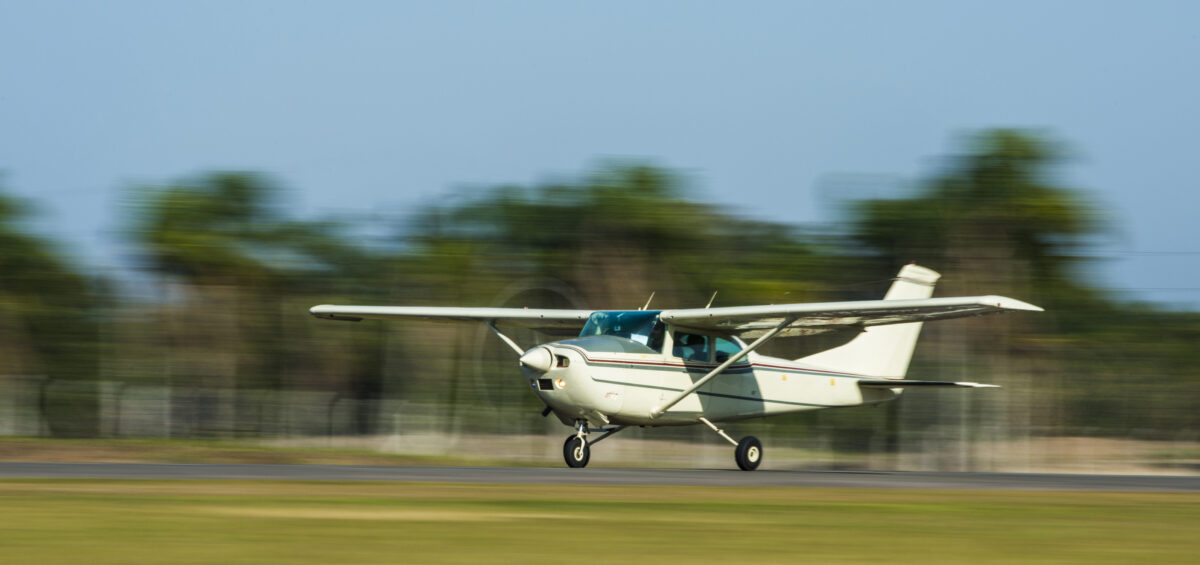

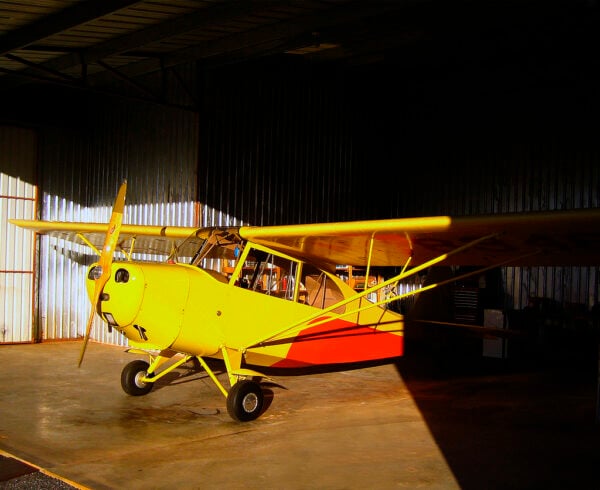

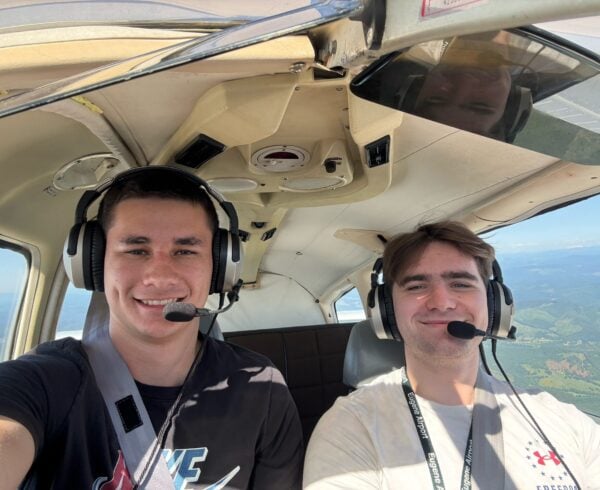









Leave a Comment